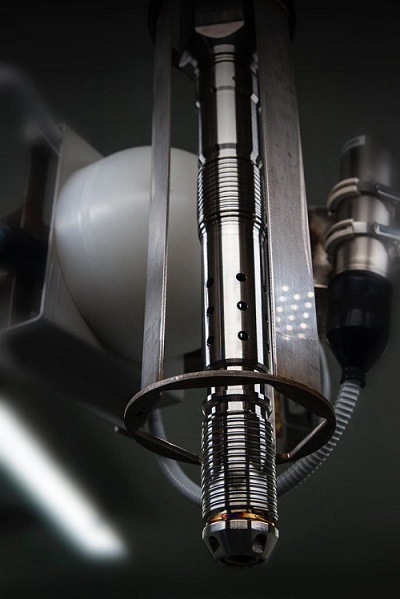ROSATOM’s Mining and Chemical Combine in Zheleznogorsk, Krasnoyarsk region, has manufactured the first three fuel assemblies with uranium-plutonium MOX fuel, which contain in their fuel matrix not only plutonium, but also other transuranic elements — americium-241 and neptunium-237. The fuel bundles have been successfully accepted and will be loaded into the BN-800 fast neutrons reactor at the Beloyarsk NPP in 2024. The innovative fuel will undergo pilot operation (lead-test assemblies program) during three micro-campaigns (approximately one and a half years).

Minor actinides are all other transuranic elements other than plutonium that are formed in irradiated nuclear fuel as the result of nuclear reactions during operation in a reactor core. Like plutonium, these elements do not occur in the nature, but arise only from transmutation of uranium. Neptunium, americium and curium isotopes are particularly important to radiochemists because of their significance in spent nuclear fuel reprocessing and radioactive waste management. These elements are highly radioactive and toxic, generate much heat, have long half-lives, and are in fact the most hazardous components of nuclear waste.
The Russian solution for the minor actinides problem should be innovative fast neutron reactors. These installations may be fueled not only by enriched natural uranium, but also by secondary products of the nuclear fuel cycle, such as depleted uranium and plutonium. In addition, the research shows that minor actinides from spent nuclear fuel under the flux of fast neutrons will fission into fragments representing a fairly wide range of radioactive and stable isotopes, but in general their potential hazard will be much lower than that of the original minor actinides. The transmutation process of minor actinides is also called “afterburning” in a reactor.
“ROSATOM is step by step taking the unique advantages that powerful fast neutron reactors provide to our industry. Introduction of MOX fuel enables to expand the resource base for nuclear power multifold involving depleted uranium and plutonium, and also to reprocess irradiated fuel instead of storing it. Afterburning of minor actinides is the next step in closing nuclear fuel cycle, which should not only reduce the amount of nuclear waste for final isolation, but also significantly reduce its radioactivity. In the long term, it would enable to avoid the complicated and expensive deep burial of waste,” commented Alexander Ugryumov, Senior Vice President for Research and Development at TVEL Fuel Company of Rosatom.
Leave a Reply